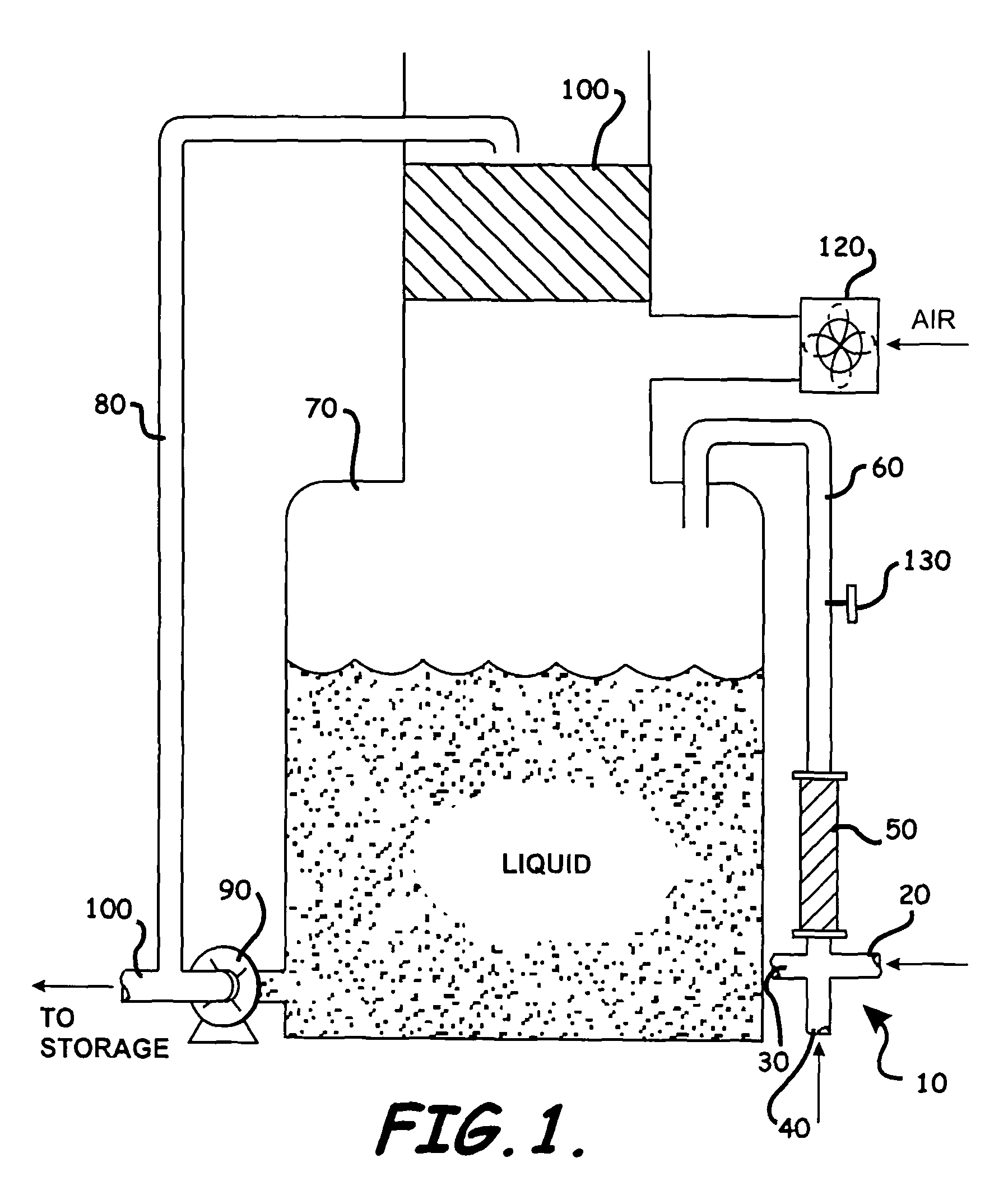Potassium polyphosphite composition for agricultural use and associated methods
a technology of potassium polyphosphite and composition, applied in the field of agricultural chemicals, can solve the problems of difficult analysis of the content of polyphosphite in the composition, uneconomical commercial production, and the use of polyphosphorous acid as a reactant to produce polyphosphite, and achieve the effect of fertilizer utility
- Summary
- Abstract
- Description
- Claims
- Application Information
AI Technical Summary
Benefits of technology
Problems solved by technology
Method used
Image
Examples
example 1
[0042]This example is a batch process and represents prior art methods, rather than a method of the present invention. It is presented here to show how the prior art is unable to achieve the results provided by the present invention.
[0043]Into a 5,000 ml stainless steel laboratory blend tank outfitted with an electric driven propeller-type mixer, a 2,000 gram batch of a 70% solution of phosphorous acid was dissolved and prepared from 1,414 grams of 99% white, crystalline phosphorous acid, into 586 grams of distilled water. A 70% solution of phosphorous acid is the normal concentration commercially available that is typically used in the production of phosphorous acid products. Heat was applied in order to keep the temperature at 70° F. throughout the process and the mixture was stirred vigorously for approximately 10 minutes to obtain a uniform, clear solution of phosphorous acid. This solution was then poured off into a flask and stoppered. Of this solution, 918 grams was weighed i...
example 2
[0044]This example describes the general process employed in the invention, in the temperature range as used also in examples 4 and 6. A run was carried out using equipment as shown in the above describe crosspipe reactor and FIGURE including a special mixing device, i.e., an open cross-pipe reactor with a static in-line mixer. as disclosed in U.S. Pat. No. 4,093,188 Horner. It is commercially available under the trade name STATA-TUBE and is a motionless mixture manufactured by TAH Industries, P.O. Box 178, Imlaystown, N.J. 08526, (2″ L.D. times.96″ length). In the Examples herein the runs were on a commercial scale using a cross tee reactor where the ports had an inner diameter of about 2 inches″ and the pipe was about 96″ in length having an inner diameter the same as the cross tee reactor ports. Obviously these dimensions are not restrictive and smaller and / or larger devices can be used. All process lines were stainless steel. Reactants were pumped into the cross-pipe injection p...
example 3
[0045]Using the process of Example 2, the reactants were introduced at lower rates, sufficient to keep the temperature at the midpoint of the pipe below 200° F. and a small portion of the resulting composition was immediately brought into the laboratory and packaged for rapid shipment to NMR Associates, LLC in Connecticut for testing by NMR. The NMR analysis revealed strong narrow peaks both for P31 and H1, which is indicative of the presence of the inorganic salt potassium phosphite.
PUM
| Property | Measurement | Unit |
|---|---|---|
| temperature | aaaaa | aaaaa |
| temperature | aaaaa | aaaaa |
| temperature | aaaaa | aaaaa |
Abstract
Description
Claims
Application Information
 Login to View More
Login to View More - R&D
- Intellectual Property
- Life Sciences
- Materials
- Tech Scout
- Unparalleled Data Quality
- Higher Quality Content
- 60% Fewer Hallucinations
Browse by: Latest US Patents, China's latest patents, Technical Efficacy Thesaurus, Application Domain, Technology Topic, Popular Technical Reports.
© 2025 PatSnap. All rights reserved.Legal|Privacy policy|Modern Slavery Act Transparency Statement|Sitemap|About US| Contact US: help@patsnap.com



